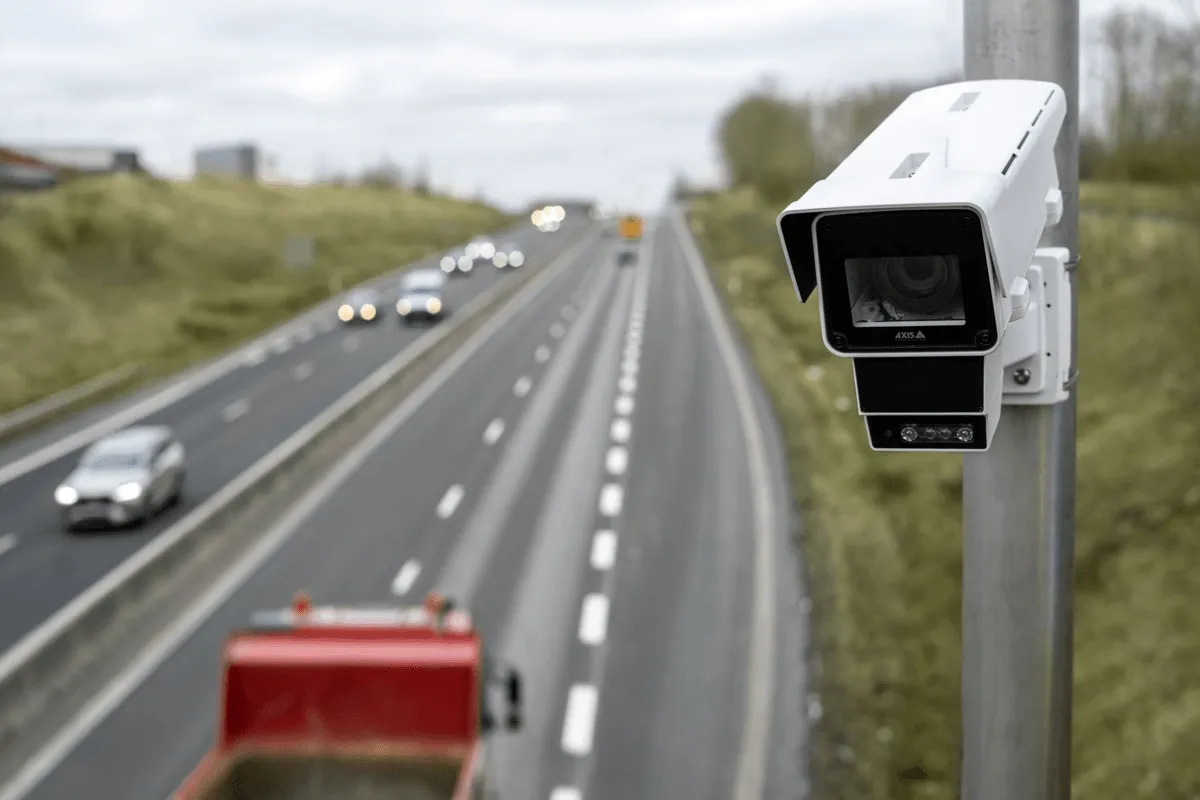
Revolutionise traffic management with the Axis Q1656-DLE Radar Fusion Camera.
By combining high-definition video with advanced radar technology, this innovative solution provides accurate and detailed insights into traffic flow, volume and speed. Ideal for urban intersections, highways, and tunnels, the Q1656-DLE delivers real-time data and alerts, enabling swift responses to incidents and congestion.
Its unique fusion of radar and video analytics allows for precise vehicle classification, reducing errors and improving traffic signal optimisation. The camera's robust design and weather-resistant housing ensure uninterrupted operation in harsh environments.
With the Axis Q1656-DLE Radar Fusion Camera, transportation authorities can enhance traffic safety, reduce congestion, and improve overall network efficiency. Unlock the full potential of your ITS infrastructure with this cutting-edge solution.
Content produced in association with Axis Communications







